Fernando ANTONIALII; Domingo M BraileII; Glória Maria Braga POTÉRIOIII; Cledicyon Eloy da COSTAIV; Maurício Marson LopesV; Gustavo Calado de Aguiar RibeiroVI; Luciano dos Santos TARELHOVII
DOI: 10.1590/S0102-76382006000300005

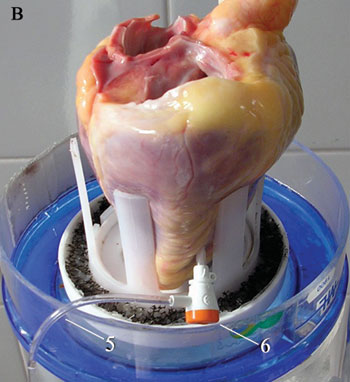

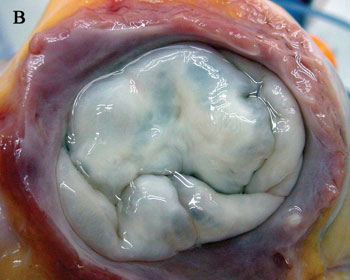
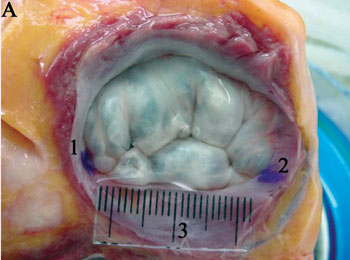
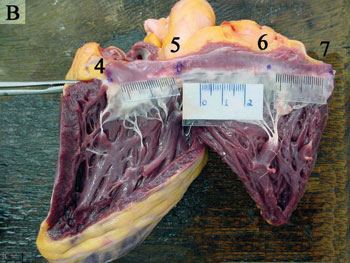


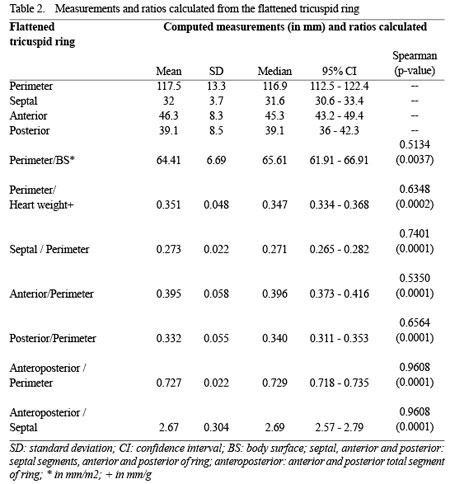
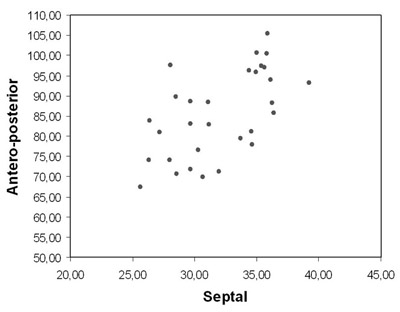

Article receive on Monday, May 1, 2006
 All scientific articles published at bjcvs.org are licensed under a Creative Commons license
All scientific articles published at bjcvs.org are licensed under a Creative Commons license